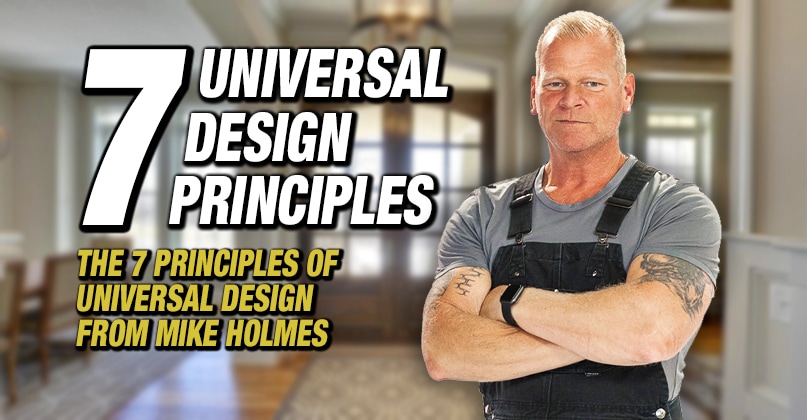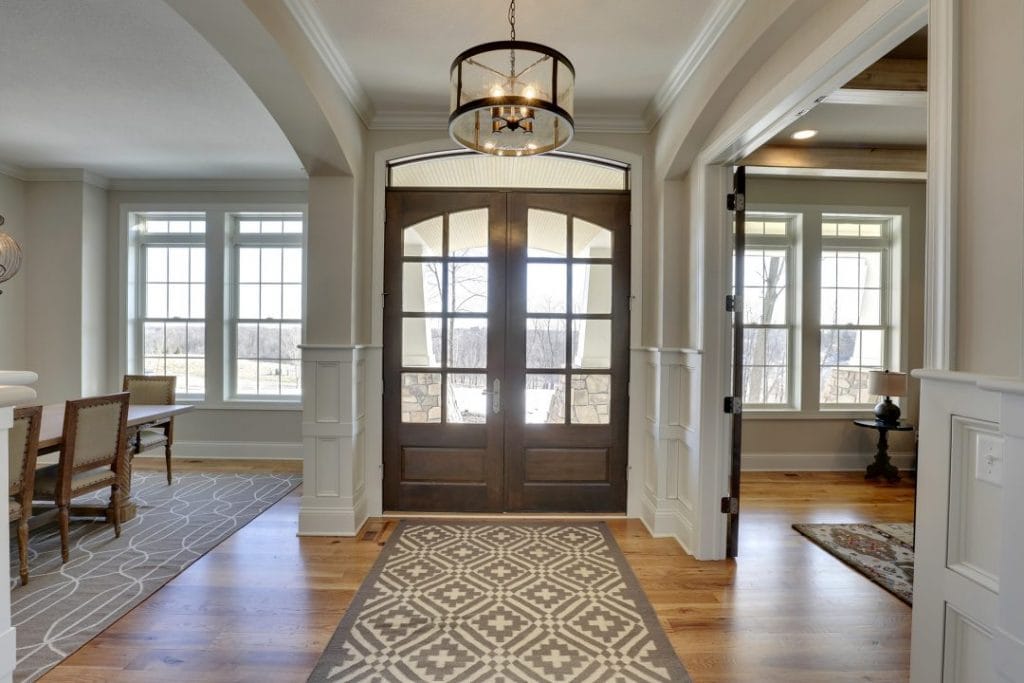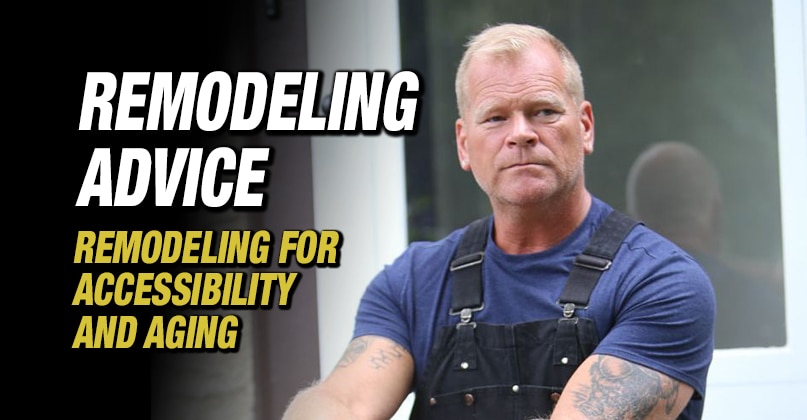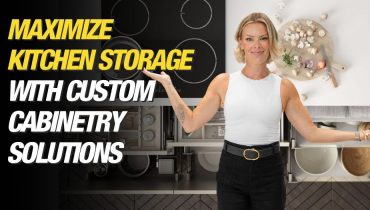Dream of a career where your skills bring joy, enable freedom, and create unforgettable memories? The thriving recreational vehicle (RV) industry offers just that! It’s more than fixing vehicles; it’s...
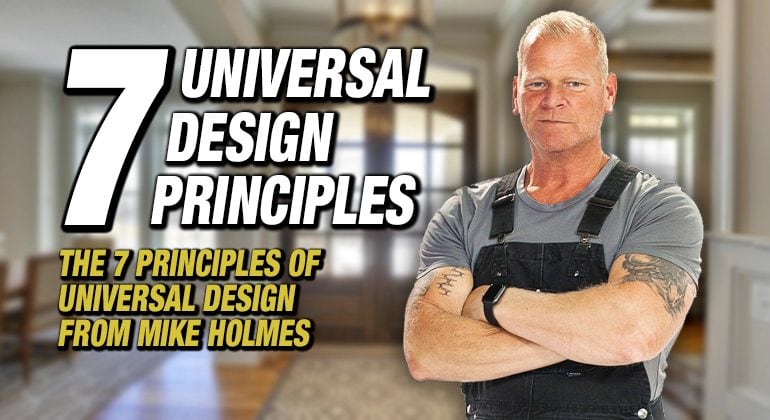
The 7 Principles of Universal Design
By Mike Holmes
Mike’s Advice / Home Safety & Maintenance
Thursday, September 17th, 2020 @ 3:34pm
When I talk about homeownership, usually I talk about the homeowners responsibility to properly take care of their homes. By that I mean taking care of their regular maintenance – keeping mold and moisture at bay, replacing the roof before it springs a major leak, and doing the work to make it energy efficient.
But often, we neglect the responsibility of our homes to protect us. To keep us warm and safe from the elements. And to be accessible to all its residents.
There should be a give and take with our homes. We need to do the work to properly maintain it, of course, but it should also take care of us and adapt with us as our needs change.
This is the principle behind the phrase universal design. When we talk about universal design in homes, we mean building a home that can adapt with the homeowner as they age. If your plan is to stay in your current home for life – ideally it’s going to be one that can be easily adapted
A well designed universal home would be one that supports a young owner just starting out, to their family expanding, to serving the original owner in their twilight years. it’s a concept I think about a lot, especially as watch my kids step into adult life, talking homeownership, and building their own families.
Universal design needs to be included from the planning stage – this keeps you from having to make painful (not to mention expensive) retrofits later on in the home’s lifecycle to accommodate your new normal.
The 7 Principles of Universal Design
Universal design isn’t a new concept. For years we’ve been talking about ways to remove barriers to make every part of a home accessible to all people, no matter their ability. This stuff matters. For some, a universal home is the only way they’ll be able to function in the home. For others, the ability to remain in their home during their golden years is a source of pride – and universal design provides that.
Here are the 7 principles of universal design that the experts agree on, and how they could work in your home.
7) Equitable Use
The design is useful and marketable to people with diverse abilities. This is about providing the same use for all, and avoids segregating or stigmatizing users.
Example in the home: Installing a stepless shower in the master bathroom so the user doesn’t have to step over the lip of a bathtub. Installing a shower bench so the user can sit if they need while bathing.
6) Flexibility in Use
The design accommodates a wide range of individual preferences and abilities. Essentially, can a product or service be operated with either your left or right hand? Can it adapt to each user’s unique pace?
Example in the home: Installing front loading washing machines and dryers.
5) Simple and Intuitive Use
Use of the design is easy to understand, regardless of the user’s experience, knowledge, language skills, or current concentration level. Is the use of the design intuitive to any user, regardless of their experience?
Example in the home: Items like thermostats should be simple enough to operate, even if the homeowner has never seen one before.
4) Perceptible Information
The design communicates necessary information effectively to the user, regardless of ambient conditions or the user’s sensory abilities. Can the user make use of the product, regardless of their sensory ability?
Example in the home: smoke alarms that include a visual or vibration-based signal for residents who are deaf or hard of hearing.
3) Tolerance for Error
The design minimizes hazards and the adverse consequences of accidental or unintended actions. Is the home safe for anybody to use, especially if alone?
Example in the home: Utilizing pocket doors in smaller rooms so a homeowner making use of a wheelchair or walker can’t get stuck behind a closed door that can’t be maneuvered open.
2) Low Physical Effort
The design can be used efficiently and comfortably and with a minimum of fatigue. Can the product be operated from a neutral position and without a lot of physical exertion?
Example in the home: Installing casement windows that open and close with a crank in place of windows that open upwards.
1) Size and Space for Approach and Use
Appropriate size and space is provided for approach, reach, manipulation, and use, regardless of user’s body size, posture, or mobility.
Example in the home: Larger entryways to accommodate wheelchairs, walkers, and stroller.
When created with universal design in mind, your home can be there for you at all stages of your life. I always say that if you take care of your home, it will take care of you. That’s never been more true than with universal design.
READ MORE:
